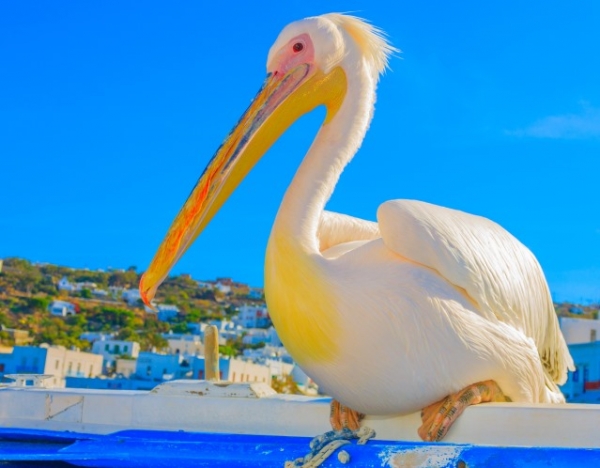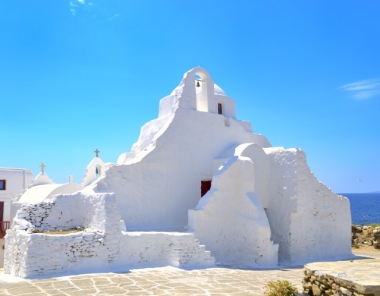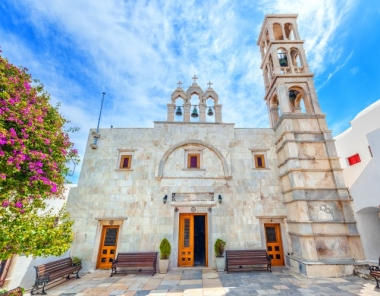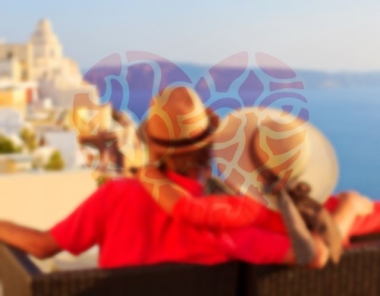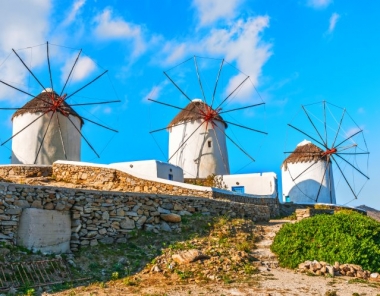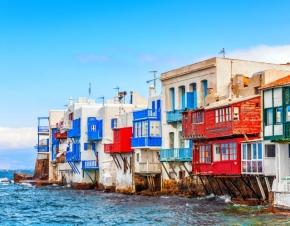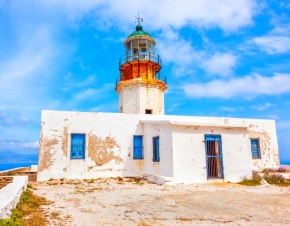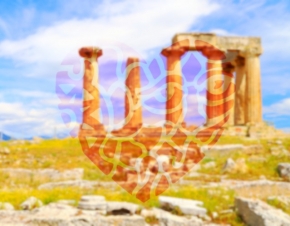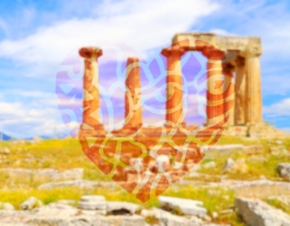For those who love live music, in Mykonos you will find your paradise.
During summer, several events take place in the open-air Lakas Theater in Mykonos' Chora. Musical performances also take place in numerous spaces, including the Cultural Center "Grypario" (tel. 22890 – 28636) which is located a km away from Chora, in the way to Ano Mera. An exceptional place in this field is held by the worldwide known Nammos in the cosmopolitan Psarou beach, where events featuring famous greek and international artists (such as Julio Iglesias) take place during summer. Music and Dance events, as well as traditional panigiria are also organized in other parts of the island.
Mykonos of course has its own philharmonic orchestra and choir that give their unique presence in various events on the island.
You can be further informed through ΚΔΕΠΑΜ (KDEPAM: Municipal Cultural Development of Mykonos' public benefit) via tel.22890 - 27190 and 22890 -27791.
One of the first images that come to mind upon hearing the word Mykonos is definitely the pelican. The first report on this beautiful bird was first made in 1958.
It was then that a pelican broke away from his herd and fell exhausted into the sea, next to a Mykonian boat. The fisherman sheltered, fed, nursed the poor bird and brought it in Mykonos. There the pelican immediately loved the island and its inhabitants, but the feelings were reciprocated by the people. They felt at first glance that this gorgeous bird was their own, so they gave him a name.
Petros the Pelican. Since then, Petros has been the beloved mascot not only for the locals, but also the countless visitors that started to land on the island. Several Mykonians considered the pelican a great luck and they still feel the same. The fame of Petros the pelican quickly surpassed the limits of the island and spread throughout the world. The first pelican died in 1985, and today in the island live 3-4 pelicans. Although the locals have given them other names, visitors still call all of them 'Petros'.
One of the prominent features of the island is Alefkandra, or as it has become widely known throughout the world, "little Venice". Located in Chora, between Kastro and Scarpa, this is a neighborhood literally built on the beach, strongly reminiscent of the gorgeous Venice of Italy. The houses with their colorful balconies look as if hanging over the sea and when the sea is rough, the spectacle of the waves crashing onto the houses is really unique. The neighborhood was built in the mid 18th century and was originally a place of residence for wealthy merchants and captains. Here you can enjoy one of the most beautiful sunsets on the island.
This charming lighthouse, built in 1891, is located in the northern part of the island. The building's height reaches 19 meters. The construction of the lighthouse was decided after the sinking of the VOLTA steamship, in which all 11 crew members drowned. The original mechanism of the lighthouse (built by Sauter -Lemonier and winning in the International Paris Exhibition) operated until 1983.
Now it is exhibited in the Aegean Maritime Museum. By 1985 the lighthouse Armenistis had a permanent lighthouse keeper, but now is fully automated. You can reach the Armenistis lighthouse by driving, from Agios Stefanos.
These are ruins of two towers dating from the Hellenistic era. The towers, which had a diameter of 3.5 meters, own their name to the upright door of the tower that survives until the present day and consists of 3 large hewn granite stones.
Portes are really close to Platis Gialos and are definitely worth a visit.
At the hilltop of Aggelika, near Lytra hotel, a Mycenaean tomb was discovered that dated approximately to the 15th BC century. The tomb is circular with a diameter of 5.80 m., it is dug underneath the ground and has an internal wall lining with a stonework/masonry maintained at a height of 4 m. The dome that has now collapsed had a protective embankment. On the interior's floor and in a height of 0.30 m., a stone surface is built in the shape of a greek P(which is Π), for the deposition of the dead. The chamber is accessible from a path with an approximate length of 14 m. and width 2 m. that is directed from the south to the north. All funerary objects and offerings, pottery, jewelry and crystal gems, can be viewed in the Archaeological Museum.


